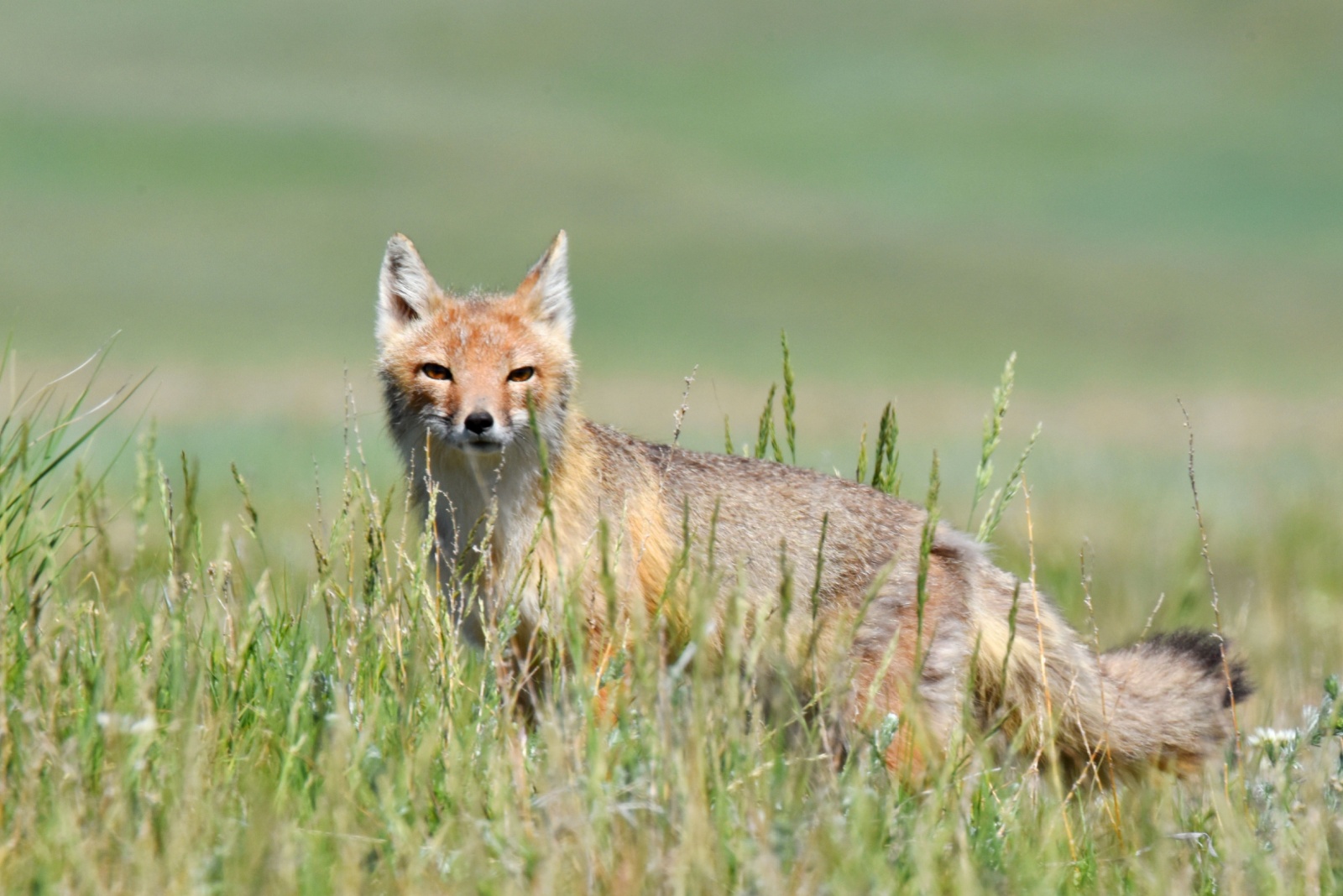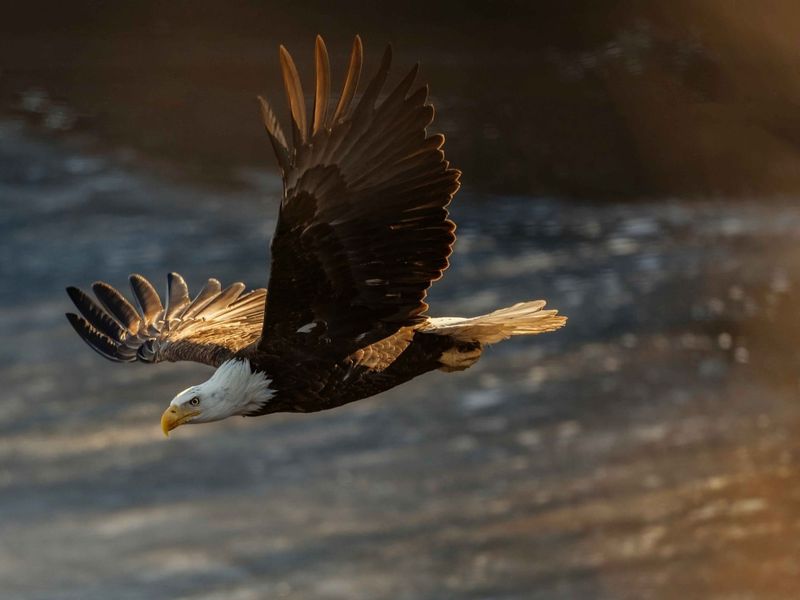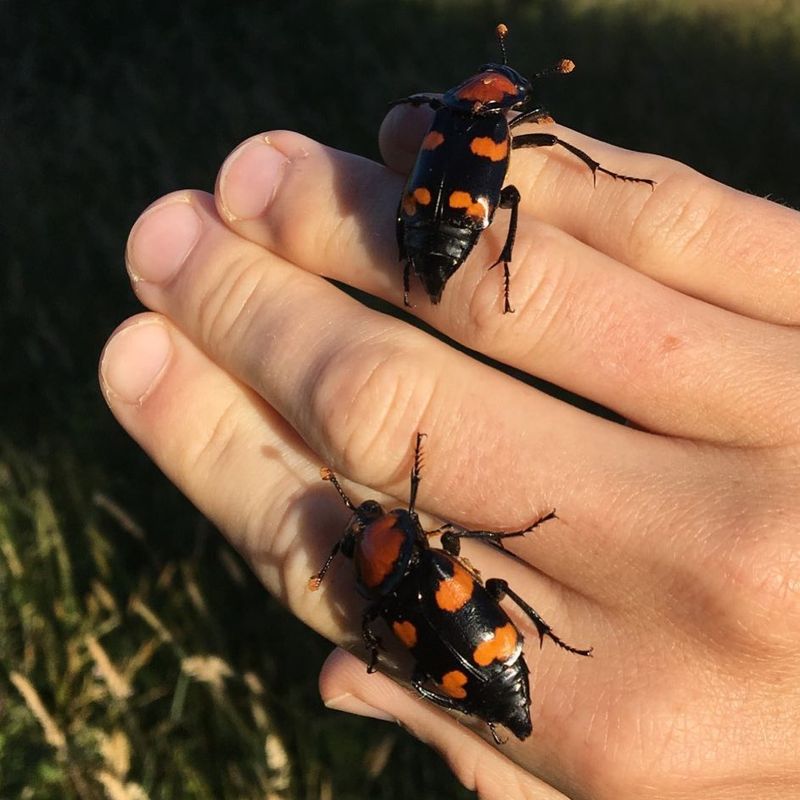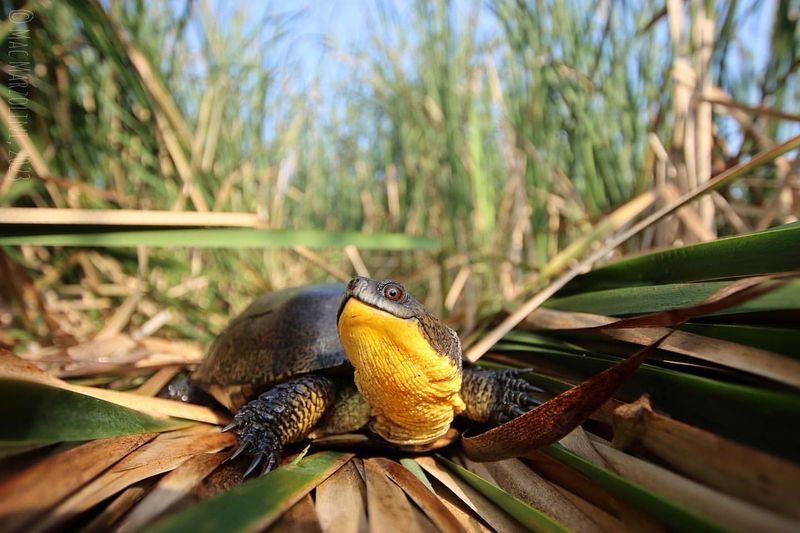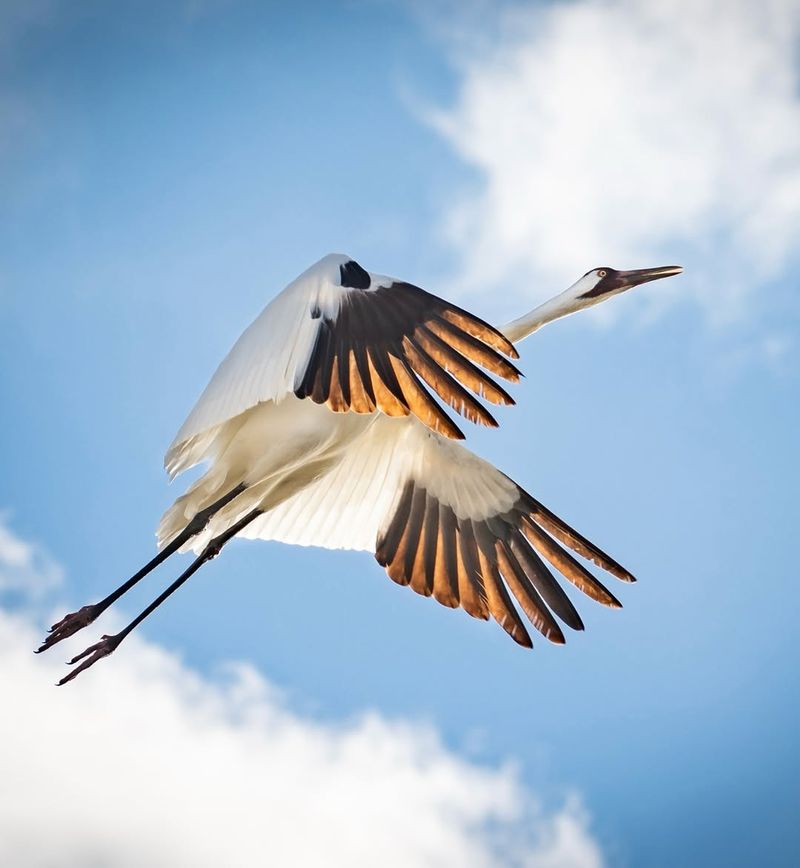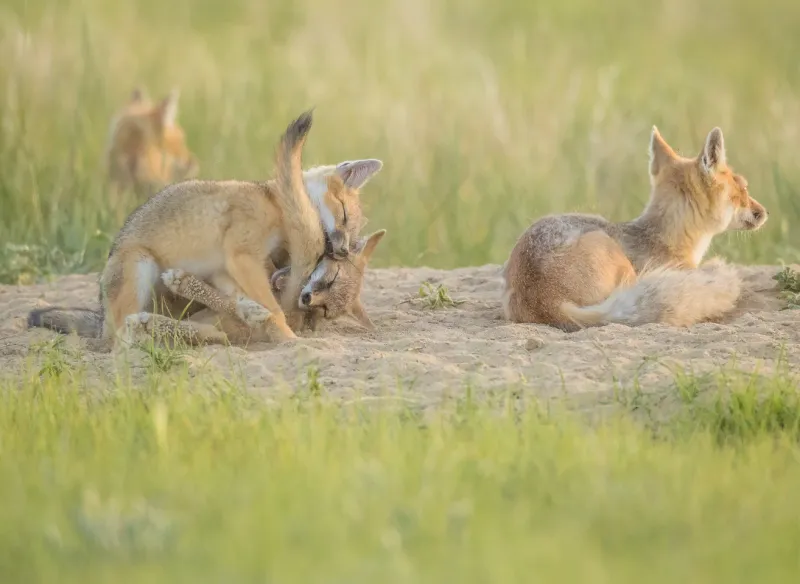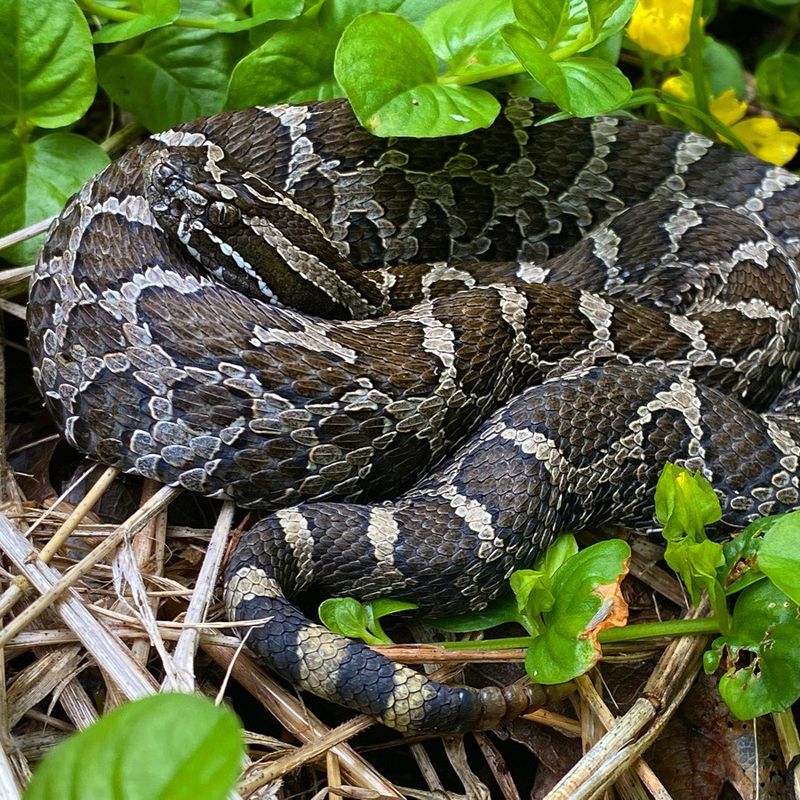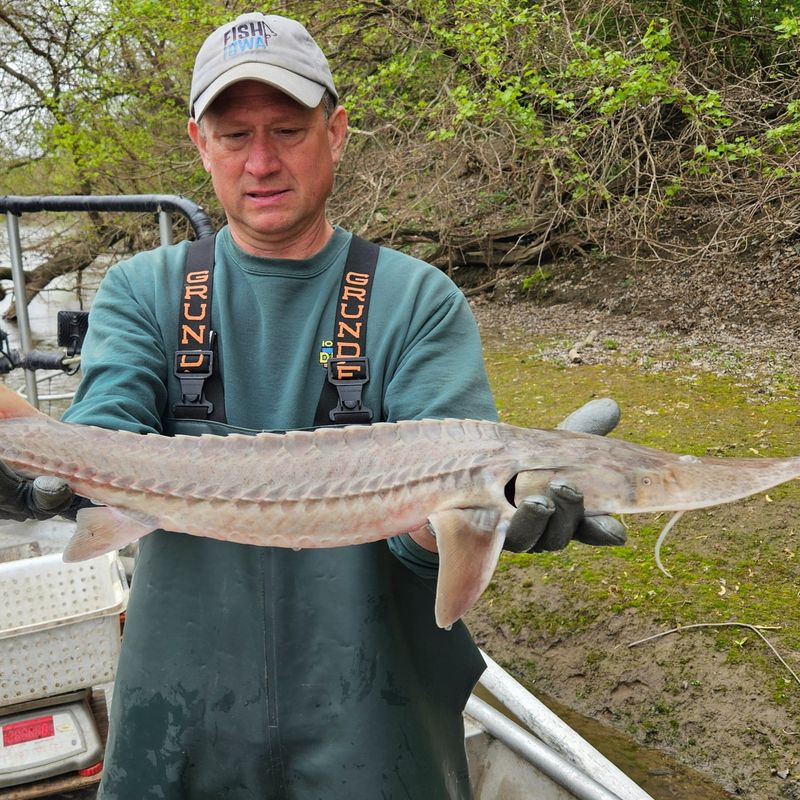When wildlife wanders onto your Nebraska property, your first instinct might be to take matters into your own hands. But some animals are legally protected, and removing them can land you in hot water faster than you might think.
The state’s regulations are designed to protect species that play vital roles in local ecosystems—whether or not they’re convenient houseguests. Before you make a move, it pays to know which creatures you’re required to give a wide berth.
1. Bald Eagle
America’s national symbol soars through Nebraska skies with impressive wingspans reaching up to seven feet. Federal law strictly protects bald eagles under the Bald and Golden Eagle Protection Act, making it illegal to harm, disturb, or remove them from your land.
If you spot one nesting on your property, consider yourself lucky. Contact Nebraska Game and Parks immediately for guidance. Disturbing their nests, even accidentally, can result in hefty fines up to $100,000.
Simply enjoy watching from a respectful distance instead.
2. American Burying Beetle
This colorful insect might look creepy, but it plays a vital role in Nebraska’s ecosystem by recycling deceased animals. Federally listed as endangered, the American burying beetle enjoys complete legal protection throughout the state.
Finding one scurrying across your yard means your property supports healthy wildlife. Farmers and landowners must avoid pesticides that could harm these beneficial bugs. Violating protection laws carries serious penalties.
Let them do their important cleanup work undisturbed.
3. Blanding’s Turtle
With its cheerful yellow chin and gentle smile, Blanding’s turtle charms anyone who encounters it near Nebraska wetlands. State law classifies this species as threatened, prohibiting collection, harm, or relocation without special permits.
Slow reproduction rates make every individual precious for population survival. If one wanders onto your property during nesting season, simply observe and photograph it. Never attempt to keep it as a pet.
Report sightings to help conservation efforts track their numbers.
4. Whooping Crane
Standing nearly five feet tall, whooping cranes are North America’s tallest birds and among its rarest. Nebraska serves as a critical stopover during their epic migration between Canada and Texas each year.
Federal endangered species protections make any interference with these magnificent birds illegal. Landowners along migration routes should preserve wetland habitats these cranes depend on for rest and feeding. Even unintentional disturbance during their stopover can have serious consequences.
Appreciate their beauty from afar always.
5. Swift Fox
Quick as lightning and no bigger than a house cat, swift foxes once vanished from Nebraska’s prairies entirely. Thanks to reintroduction efforts, they’re making a comeback, earning them protected status under state wildlife regulations.
Ranchers sometimes worry about livestock, but these tiny predators only hunt rodents and insects. Trapping or shooting them violates conservation laws designed to rebuild their populations. Property owners can help by maintaining native grasslands.
Their survival depends on our cooperation and understanding.
6. Massasauga Rattlesnake
Don’t let fear override the law when encountering this small rattlesnake on your land. Nebraska lists the massasauga as threatened, meaning harming or removing one could result in legal trouble and fines.
Rarely aggressive unless cornered, they actually help control rodent populations around farms and homes. Most bites happen when people try handling or harming them unnecessarily. Give them space and they’ll move along naturally.
Call wildlife professionals if relocation becomes absolutely necessary for safety.
7. Pallid Sturgeon
Swimming Nebraska’s rivers since dinosaur times, pallid sturgeon have survived millions of years but now face modern threats. Federal endangered species status protects every individual, making accidental catches a serious legal matter requiring immediate release.
Anglers must know how to identify them versus similar species. River property owners cannot block migration routes or damage spawning habitats. Commercial fishing operations face strict regulations.
Handle carefully and return to water quickly if caught accidentally while fishing.
8. Northern Long-eared Bat
Farmers might appreciate knowing one bat devours thousands of crop-damaging insects nightly. Northern long-eared bats, now federally endangered, often roost in barns, attics, and tree cavities across Nebraska properties.
White-nose syndrome devastated their populations, making legal protection crucial for recovery. Removing them from structures requires special permits and trained professionals. Exclusion work must happen during specific seasons to avoid harming babies.
Coexisting with these helpful mosquito-eaters benefits everyone involved greatly.

